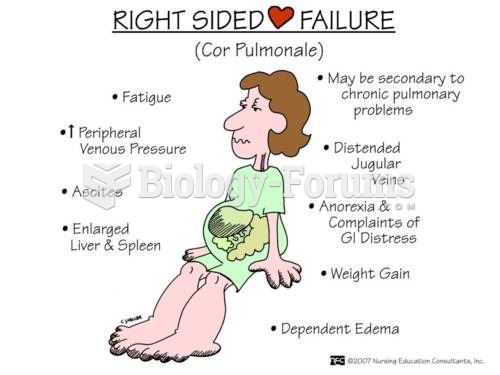Answer to Question 1
Patients with lung injuries or ARDS are frequently hypermetabolic and/or catabolic and at high risk of muscle wasting. The primary concerns are therefore to provide enough energy and protein to sustain muscle tissue and lung function without overtaxing the respiratory system. Fluid restrictions may be necessary to help correct pulmonary edema. As usual, when nutrition support is necessary, enteral nutrition is preferred over parenteral nutrition. Energy needs can be estimated using either indirect calorimetry or predictive equations; the body weight used in predictive equations may need to be corrected for pulmonary edema. Overfeeding should be avoided because it can cause excessive carbon dioxide production and worsen respiratory function. Protein requirements are increased in patients with lung inflammation or ARDS. For mild or moderate lung injury, protein recommendations range from 1.0 to 1.5 grams of protein per kilogram of body weight per day. Patients with ARDS may require 1.5 to 2.0 grams of protein per kilogram of body weight daily. Although most patients have normal fluid requirements, fluid status should be monitored daily to prevent fluid imbalances. Some patients may require fluid restriction to prevent edema in lung tissue, whereas others may become dehydrated because of diuretic therapy, an increase in bronchial secretions, or a low fluid intake. The presence of edema can make it difficult to assess whether a critically ill patient is maintaining weight.
Answer to Question 2
A







